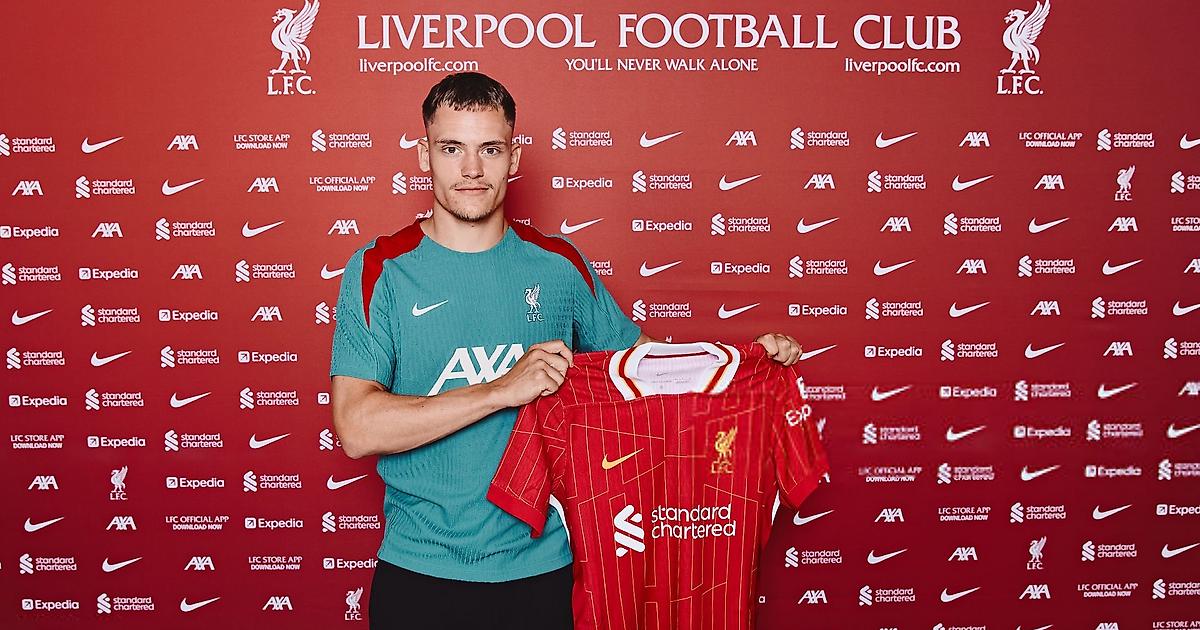

Premier League
Explained: How Liverpool Are Funding A Big Summer Transfer Spree
For years, Liverpool has been celebrated for its financial prudence and strategic approach to transfers.
Unlike some of their rivals, the Reds historically avoided reckless spending, preferring to build within their means and maintain financial health.
However, recent developments suggest a notable shift in their transfer strategy one characterized by significant investment and ambitious signings.
So, what exactly has changed, and how is Liverpool managing this new phase while staying within regulatory boundaries and ensuring responsible financial management?
What’s Different?
This summer, Liverpool has entered the transfer market with unprecedented strength. The club has secured high-profile players such as Florian Wirtz, Jeremie Frimpong, and Milos Kerkez, collectively costing around £185 million.
Rumors also suggest an imminent move for Alexander Isak, which could push spending even higher. Such aggressive moves mark a stark change from the club’s previous reputation for cautious spending.
But this isn’t a reckless gamble. Instead, Liverpool’s increased spending appears to be a carefully calibrated response rooted in strategic planning leveraging recent financial surges, long-term planning, and smart transfer structuring.
The Foundation of New Ambitions
The main pillar underpinning Liverpool’s recent spending spree is its record-breaking revenue growth. Thanks to consistent participation in the Champions League, a strong domestic performance, including winning the Premier League title last season, and expanding commercial partnerships, the club’s income has seen substantial growth.
Additionally, the redevelopment of Anfield has been a game-changer. The expansion has increased capacity from 54,000 to over 61,000 spectators, significantly boosting matchday revenue.
According to estimates from the Financial Times, Liverpool’s total revenue has now soared to approximately £714 million a notable increase of about £100 million from the previous year.
This financial uplift provides Liverpool with a larger ‘firepower’ to invest in new players.
However, it’s crucial to recognize that revenue alone isn’t the only factor enabling this evolution in their transfer strategy.
Caution in the Past Creates Flexibility Today
Liverpool’s previous cautious approach has played a key role in their current financial capability. During Jürgen Klopp’s earlier years at the club, transfer spend was modest.
The last summer transfer window before this one saw only two signings, Federico Chiesa and Giorgi Mamardashvili, and the January window passed without new recruits.
This conservatism helped the club avoid accumulating excessive financial liabilities, keep amortization costs manageable, and maintain a healthy balance sheet. As a result, Liverpool reported only modest losses in recent years, staying well within the Premier League’s Profit and Sustainability Rules (PSR) allowance of £105 million over a rolling three-year period.
This disciplined approach meant the club had the financial breathing room to act with conviction when the time was right.
Smart Transfer Structuring and Selling Strategies
Another critical element of Liverpool’s recent strategy is its great transfer structuring and player sales. The club has effectively turned academy products such as Jarell Quansah and Caoimhin Kelleher into profit centers, raising roughly £50 million through recent sales.
These funds can then be reinvested or held as financial profits.
Looking ahead, further outgoing transfers potentially involving players like Tyler Morton or Harvey Elliott may generate additional revenue and help offset new signings’ costs.
Meanwhile, the possibility of lucrative sell-on deals for existing star players such as Luis Diaz and Darwin Nunez could further bolster the club’s finances, despite their initial significant investment.
Importantly, incoming transfer payments are typically structured over several years, spreading out costs and avoiding breaching financial fair play or PSR guidelines.
For example, a €100 million player contract spread over five years results in a manageable annual amortization expense giving Liverpool the flexibility to operate within their financial limits.
The Big Picture
What appears to be a sudden change from Liverpool’s usual financial discipline is, in truth, the culmination of years of disciplined management and strategic foresight. The club’s leadership has patiently built a strong financial foundation, capitalized on a moment of revenue growth, and now leverages financial levers like structured payments and player sales to make bold investments.
This careful balancing act illustrates that Liverpool isn’t breaking the bank regulations; they are opening it at the optimal time, ensuring they remain competitive while adhering to financial regulations.













